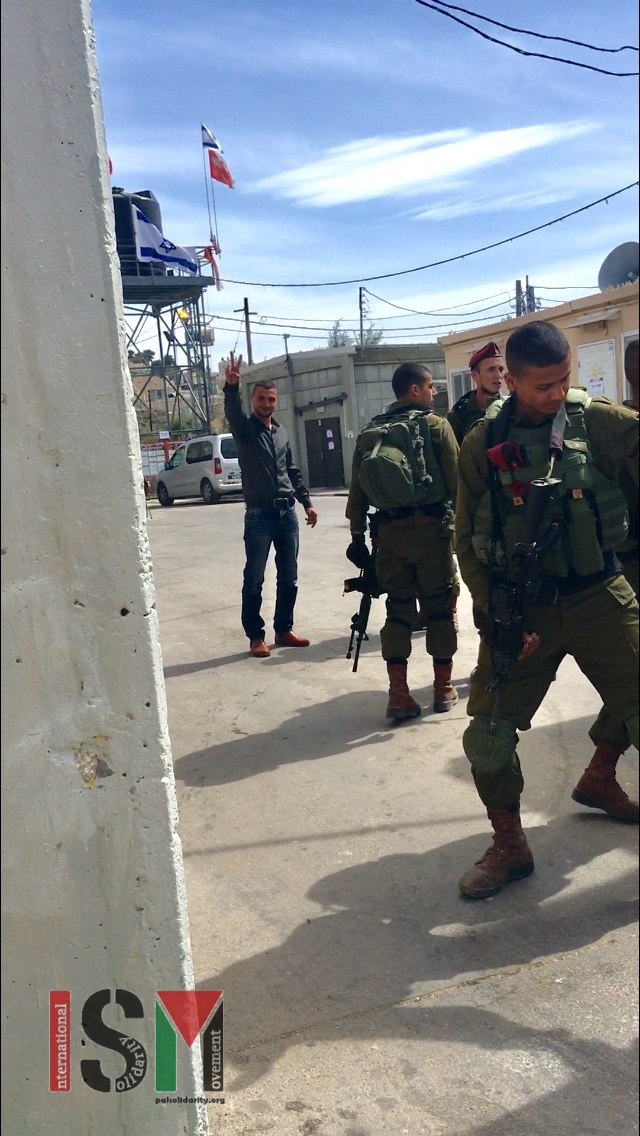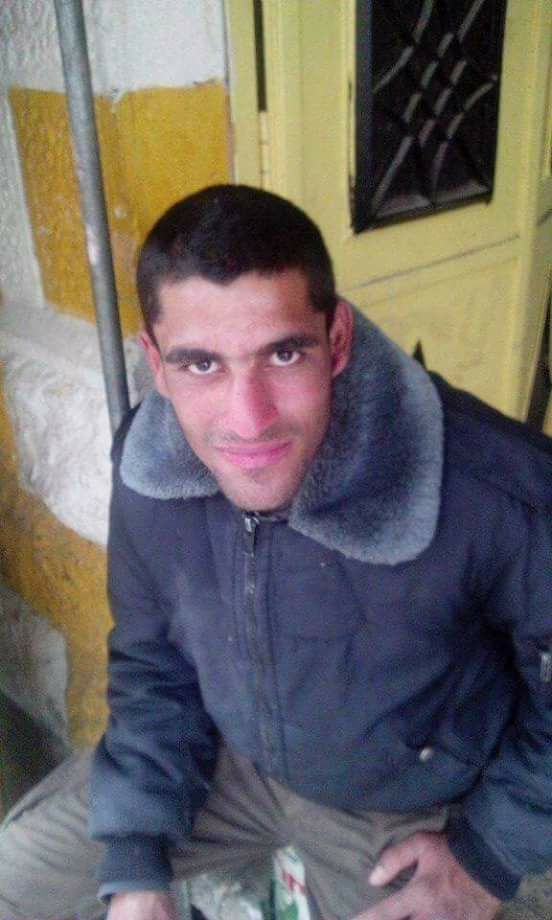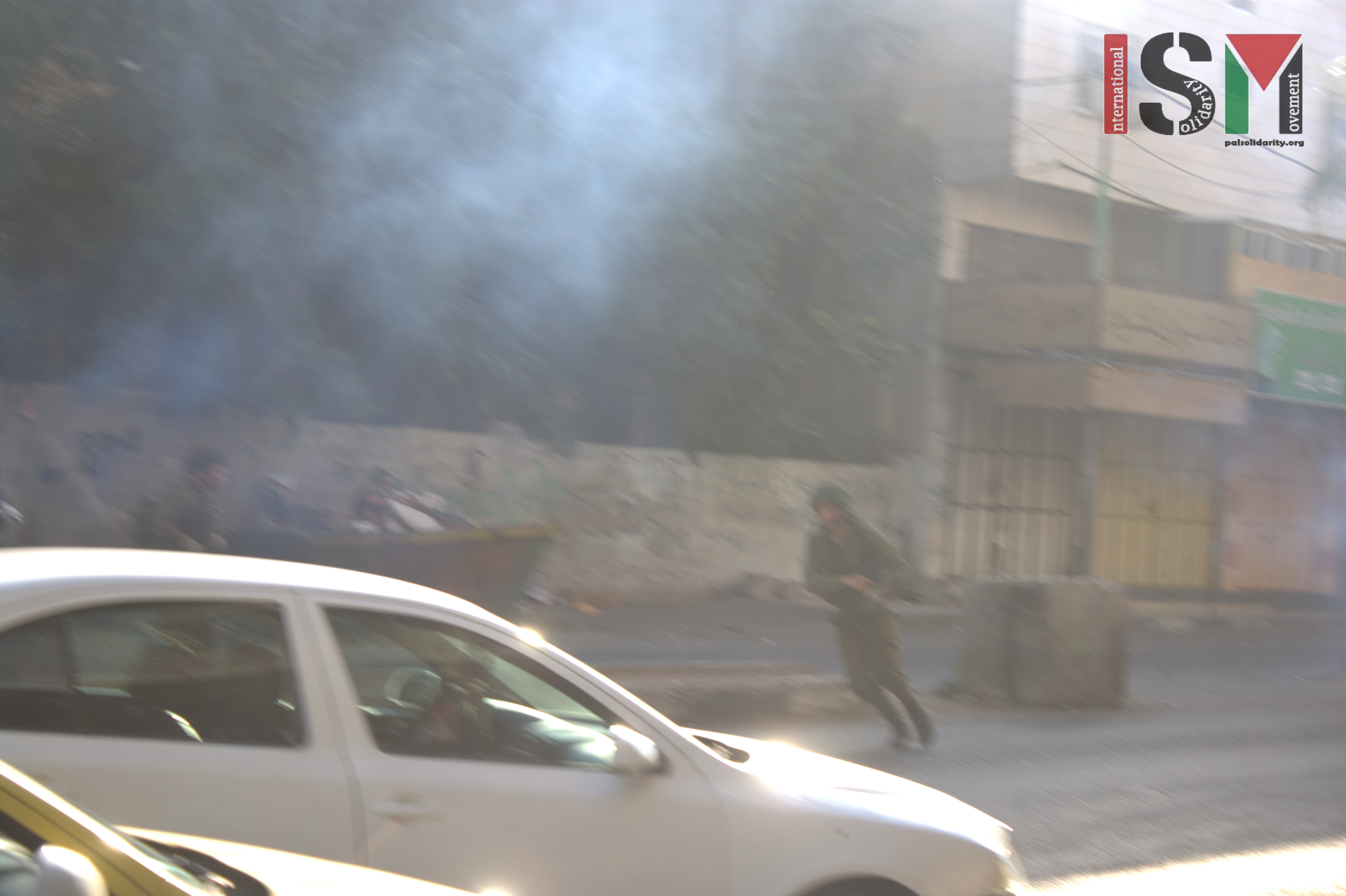Tag: Ethnic Cleansing
-
Detained and arrested for no reason, Palestinian told it’s his “last chance”
15th March 2018 | International Solidarity Movement, al Khalil team | Occupied Palestine Yesterday, Ayman al Fakhori, age 25, was detained for an hour outside the Ibrahimi Mosque checkpoint before being arrested for no reason and escorted down Shuhada Street into a military base. He was shortly after released and escorted by Israeli forces out…
-
Resistance & Death in al Khalil/Hebron
9th March 2018 | International Solidarity Movement, al Khalil team | Occupied Palestine Friday at around 16.00, 24-year old Al Khalil resident Mohammad Zain al-Jabari was shot and killed by armed Israeli occupational forces during smaller clashes in Al Khalil, Hebron. He leaves behind his wife and his 4-year-old child. Al-Jabari was hit in the…
-
Israeli forces invade Hebrons commercial center on Friday
10th September 2017 | International Solidarity Movement, al-Khalil team | Hebron, occupied Palestine On Friday, 8th of September, large amounts of Israeli soldiers went into the H1 area of occupied Hebron, supposedly under full Palestinian control. The army used teargas and stun grenades at one of the main junctions in downtown Hebron, effecting the accessibility…



